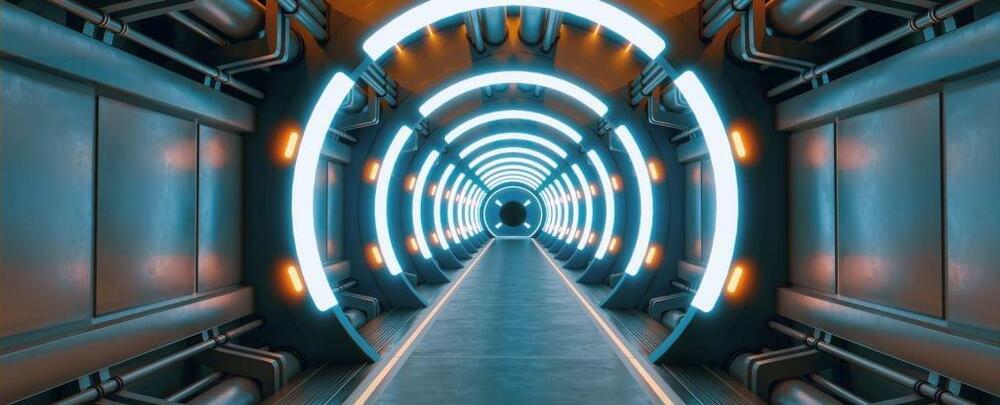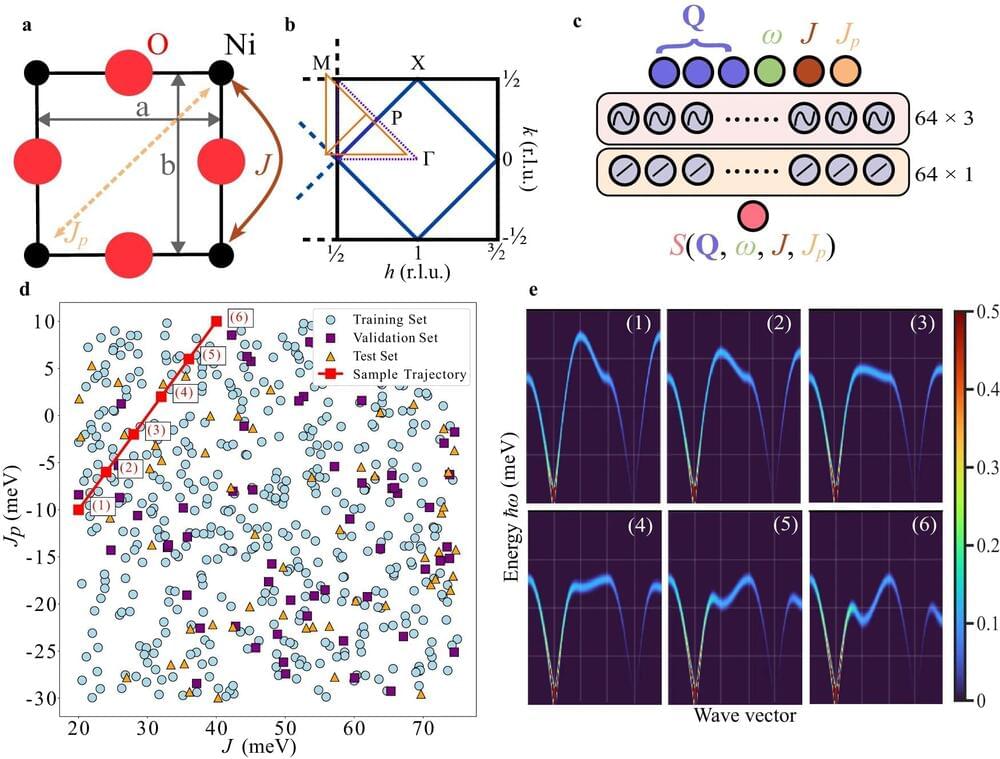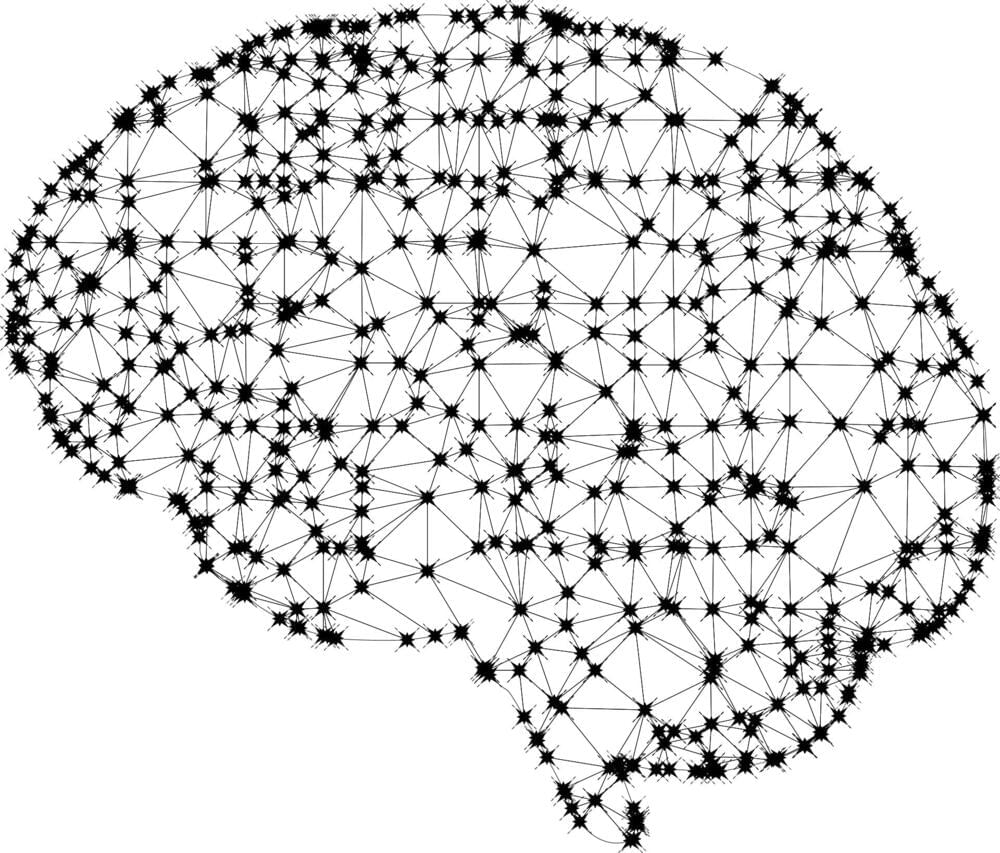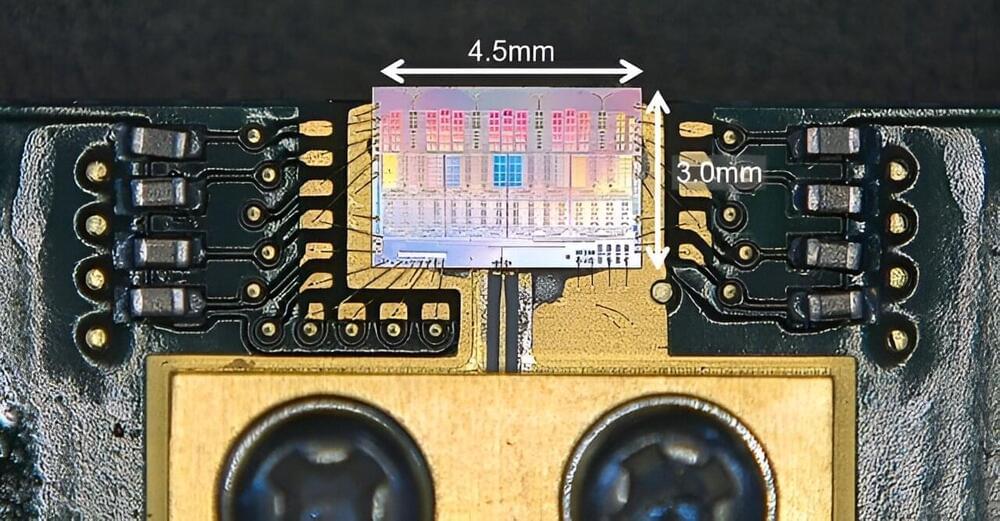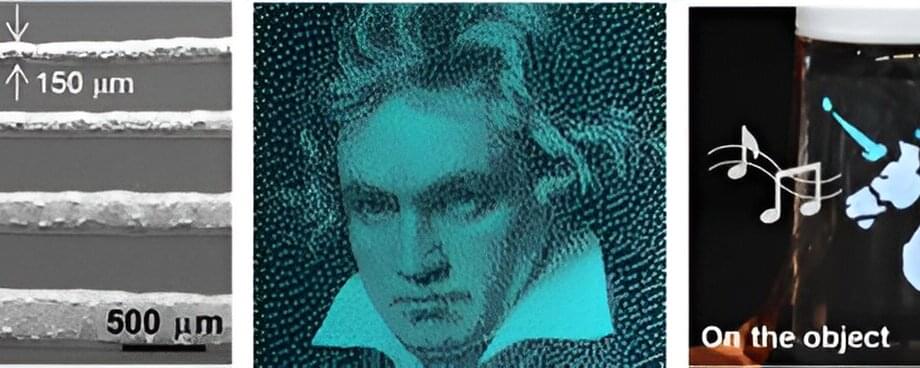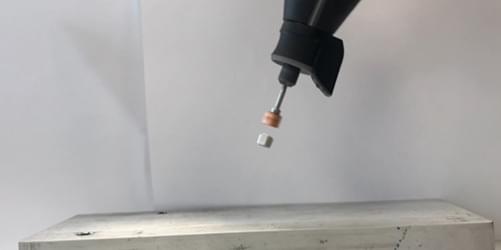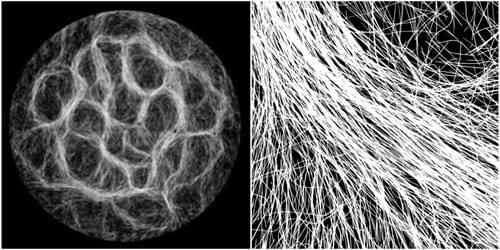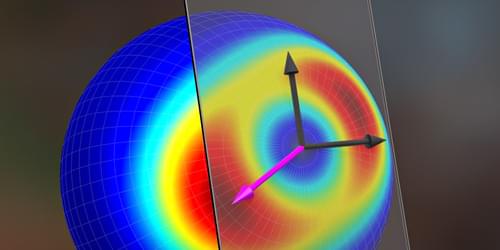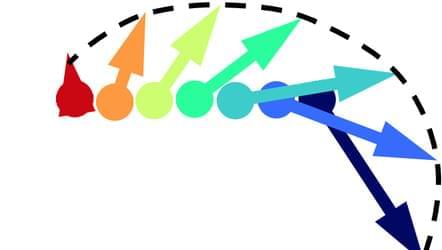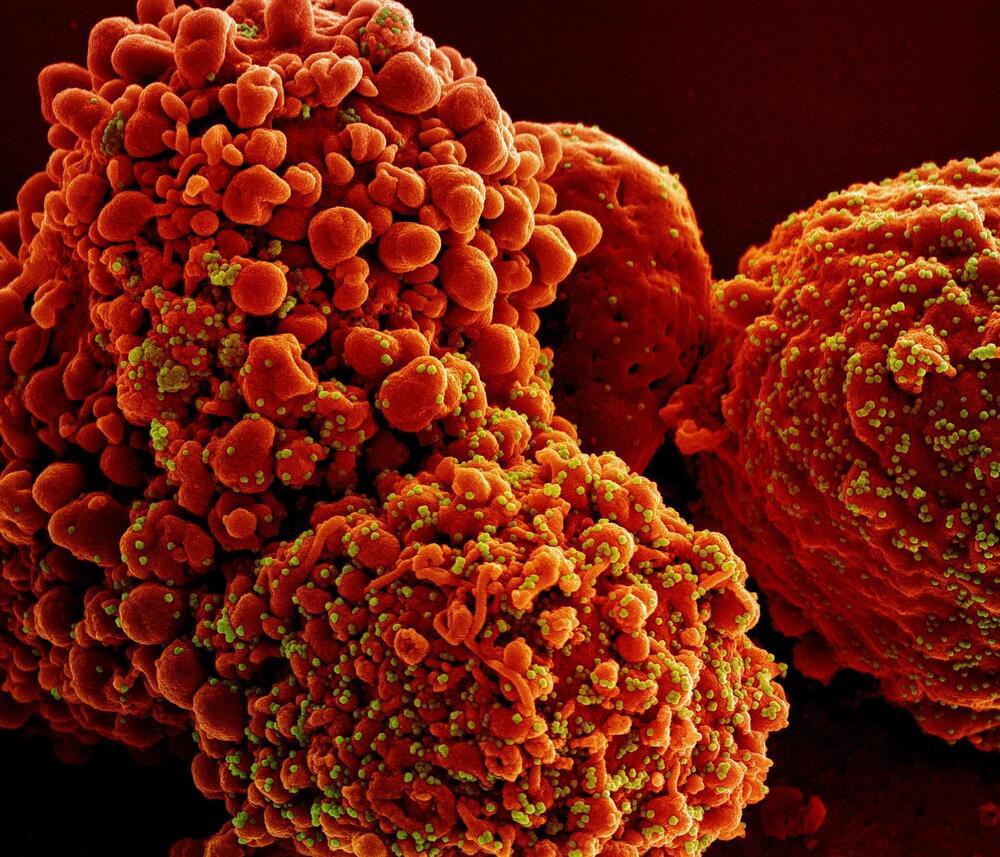Oct 13, 2023
Time Travel Simulations Can Solve Impossible Problems, Physicists Say
Posted by Dan Kummer in categories: quantum physics, time travel
For most of us, the passage of time flies in just one inexorable direction.
But for theoretical quantum physicists, time’s direction isn’t quite so inflexible. It’s possible to theoretically model, simulate, and observe the backwards flow of time in ways that are impossible to achieve in the real world.
And now, scientists have shown that simulations of backwards time travel can help solve physics problems that cannot be resolved with normal physics.
